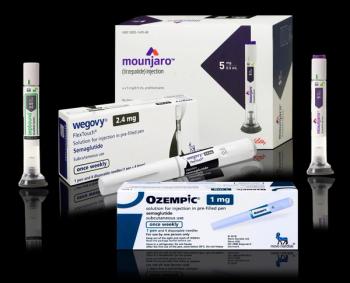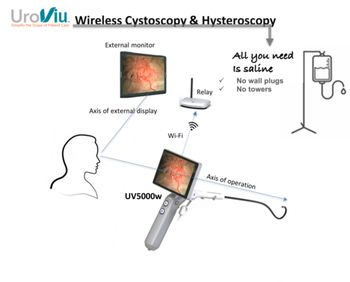
HHS announces HIT Extension Program funding plan
Details of a $694-million program that will create a national extension service to help office-based physicians set up their health information technology have been announced by federal officials.
Details of a $694-million program that will create a national extension service to help office-based physicians set up their health information technology have been announced by officials at the U.S.
The
Most of the money, $598 million, will be spent in the initial two years to get the regional centers started. An additional $45 million will be available for years three and four. The goal of the program is to have more than 100,000 physicians putting EHRs to “meaningful use,” enabling nationwide health information exchange.
Each regional extension center is expected to assist at least 1,000 physicians, with the emphasis on primary care doctors in groups of 10 physicians or less. Doctors in public and critical-access hospitals, community health centers, and rural health centers may also be served.
The centers will offer technical assistance, guidance, and information to help physicians select, implement, and use certified EHR systems. The centers will ensure that the systems are in compliance with legal, regulatory, professional, and ethical requirements to protect the privacy and security of patient health information. Basic, generic support services for a wide range of EHR products, more in-depth support for a narrower list of systems, and on-site coaching and troubleshooting will also be available.
The performance of each regional center will be evaluated every two years by HHS. Continued support after the conclusion of each second year of performance will be contingent on a positive evaluation.
The extension program expects all regional centers to be operating at full capacity by the end of December 2010. The government anticipates its subsidies of the centers will phase out as the centers move to self-sustainability and obtain funding from local sources. After four years, the regional centers will be on their own.
Newsletter
Stay informed and empowered with Medical Economics enewsletter, delivering expert insights, financial strategies, practice management tips and technology trends — tailored for today’s physicians.



















